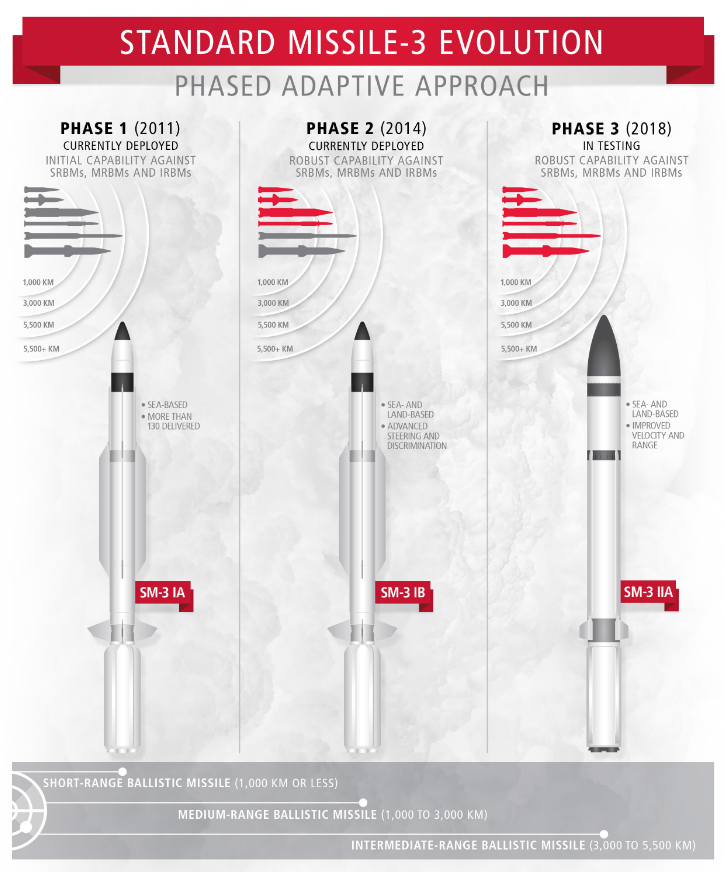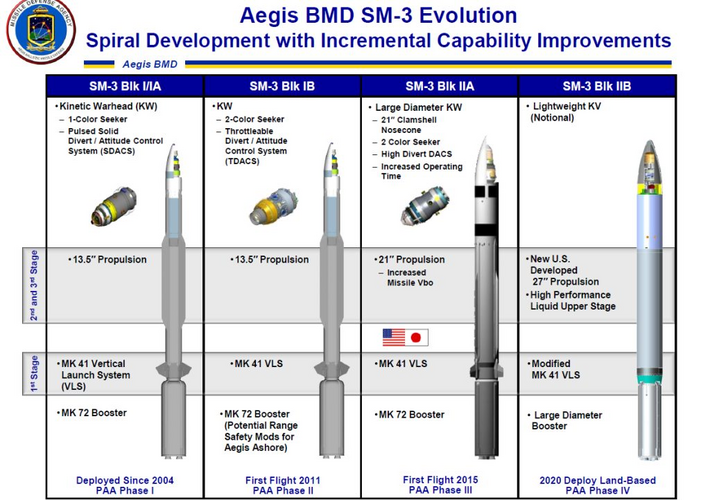aonestudio
I really should change my personal text
- Joined
- 11 March 2018
- Messages
- 2,967
- Reaction score
- 7,507
USS Paul Ignatius (DDG 117) Successfully Intercepts Ballistic Targets
As part of the ongoing At-Sea-Demo/Formidable Shield 2021 exercise, the U.S. Navy Arleigh-Burke class guided-missile destroyer USS Paul Ignatius (DDG 117) fired two Standard Missile-3 (SM-3)
www.c6f.navy.mil








